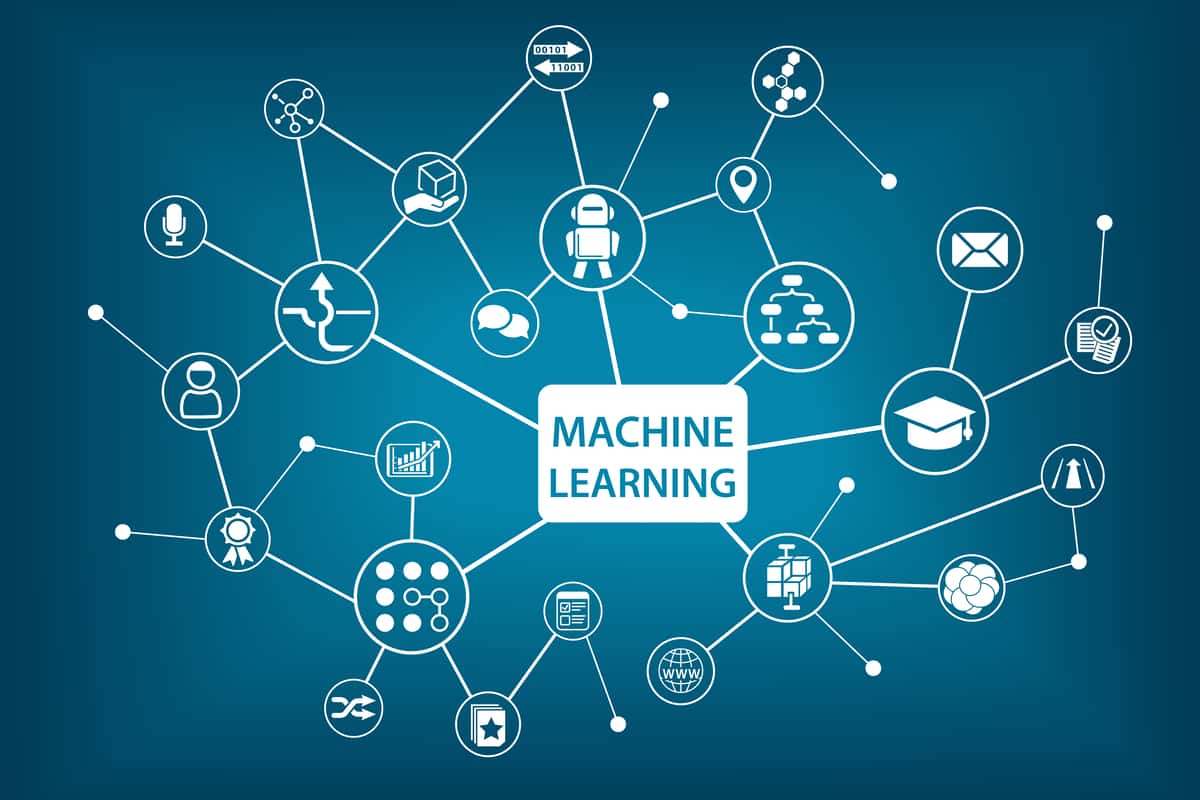Introduction
As a data analyst, you are constantly swimming in a sea of data, looking for patterns, trends, and insights that can drive business growth. But have you ever wondered if there's a tool that can help you improve your data analysis process and assist you in generating valuable insights? Enter ChatGPT – the AI-powered language model by OpenAI, based on the GPT-4 architecture. In this blog post, we will explore how ChatGPT can enhance data analysis tasks and make your life as a data analyst easier and more efficient.
ChatGPT Course for Professionals
Level up your career with our ChatGPT Course for Professionals. Master AI skills to enhance productivity, problem-solving, and innovation in your field.

Natural Language Processing for Data Cleaning and Preprocessing
One of the most time-consuming tasks in data analysis is cleaning and preprocessing the data. ChatGPT, with its advanced natural language processing (NLP) capabilities, can be a game-changer in this area. It can help you:
- Identify and correct data entry errors, such as typos and inconsistencies.
- Extract and structure relevant information from unstructured text data.
- Automate the process of data labeling, classification, and sentiment analysis.
Generating Descriptive Analytics Reports
ChatGPT can transform raw data into easily understandable narratives, making it a valuable tool for generating descriptive analytics reports. By utilizing ChatGPT, you can:
- Summarize key trends and patterns in your data.
- Create comprehensive reports that highlight essential metrics and KPIs.
- Convert complex data visualizations into clear and concise explanations.
Certificate Program in Applied Generative AI
Master the tools and techniques behind generative AI with expert-led, project-based training from Johns Hopkins University.
Enhancing Exploratory Data Analysis
Exploratory data analysis (EDA) is a crucial step in understanding your data, identifying trends, and formulating hypotheses. ChatGPT can assist you during this process by:
- Suggesting possible hypotheses or correlations to investigate based on the data.
- Guiding you through the process of feature selection and data transformation.
- Generating insightful questions that prompt further analysis and exploration.
Assisting in Predictive Modeling
ChatGPT can be a valuable companion when creating predictive models. It can:
- Help you choose the appropriate machine learning algorithm based on your data and objectives.
- Offer guidance on parameter tuning and optimization.
- Generate human-readable interpretations of model outputs, making it easier to communicate results to non-technical stakeholders.
Automating Dashboard Commentary and Insights
Dashboards are essential for monitoring business performance, but they can be challenging to understand for non-technical users. ChatGPT can help you create automated commentary and insights for your dashboards, providing:
- Clear explanations of trends and patterns.
- Contextual information for a better understanding of the data.
- Actionable recommendations based on the insights derived from the dashboard.
Streamlining Collaboration and Communication
Collaborating and communicating with team members and stakeholders is an integral part of a data analyst's job. ChatGPT can facilitate this process by:
- Generating clear and concise summaries of your analysis for easy sharing.
- Translating complex technical jargon into simple, understandable language.
- Acting as a virtual assistant during meetings, providing quick answers to data-related questions.
Examples of ChatGPT in Action
To better understand how ChatGPT can be utilized in data analysis, let's look at some real-world examples:
- A retail company used ChatGPT to analyze customer reviews and identify recurring themes and sentiments. This helped them improve their products and services.
- A financial firm leveraged ChatGPT to generate written explanations of stock price movements and financial trends, making it easier for stakeholders to understand the market dynamics.
- A healthcare organization utilized ChatGPT to extract relevant information from clinical notes, allowing them to streamline patient care and make better-informed decisions.
ChatGPT Prompts for Data Analysts
Crafting effective prompts for ChatGPT is crucial to get the most out of the AI. Here are some example prompts that data analysts can use:
- "Summarize the key findings from this sales data."
- "Identify potential outliers in this dataset and suggest reasons for their occurrence."
- "Explain the correlation between feature X and target variable Y in this dataset."
Future of ChatGPT in Data Analysis
As AI technologies like ChatGPT continue to evolve, we can expect even more powerful and accurate language models that will further revolutionize the data analysis landscape. In the future, ChatGPT may be able to:
- Understand and process more complex data types, including images and audio.
- Seamlessly integrate with other AI technologies, such as computer vision and reinforcement learning, to enable deeper insights and predictions.
- Offer real-time, interactive data analysis assistance, making the process more agile and efficient.
No Code AI and Machine Learning: Building Data Science Solutions
Build AI and machine learning tools without any coding. Made for professionals ready to lead in the AI-driven world.
Tips for Using ChatGPT Effectively in Data Analysis
To make the most of ChatGPT in your data analysis tasks, consider the following tips:
- Be specific and clear with your prompts to ensure accurate and relevant responses.
- Provide context or background information when necessary to help the model understand the data better.
- Regularly assess the accuracy and relevance of ChatGPT's output and fine-tune your prompts as needed.
Limitations of Using ChatGPT for Data Analysis
While ChatGPT is a powerful tool, it's essential to be aware of its limitations:
- ChatGPT's knowledge is based on the data it was trained on and might not be up-to-date or cover very niche topics.
- The model may sometimes generate plausible-sounding but incorrect or irrelevant responses.
- ChatGPT is not a substitute for domain expertise and should be used as a supplement to your existing data analysis skills.
Conclusion
ChatGPT is a powerful AI tool that can significantly enhance your data analysis process, making it faster, more efficient, and more insightful. By leveraging its natural language processing capabilities, you can clean and preprocess data, generate descriptive analytics reports, improve exploratory data analysis, assist in predictive modeling, automate dashboard commentary, and streamline communication with your team. Embrace the power of ChatGPT, and watch your data analytics skills soar to new heights!
Also Read:






